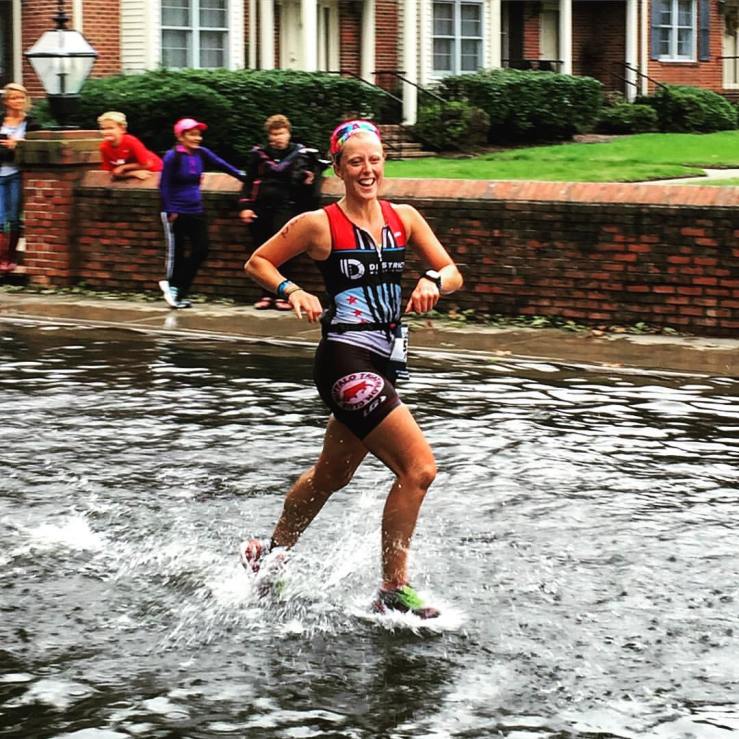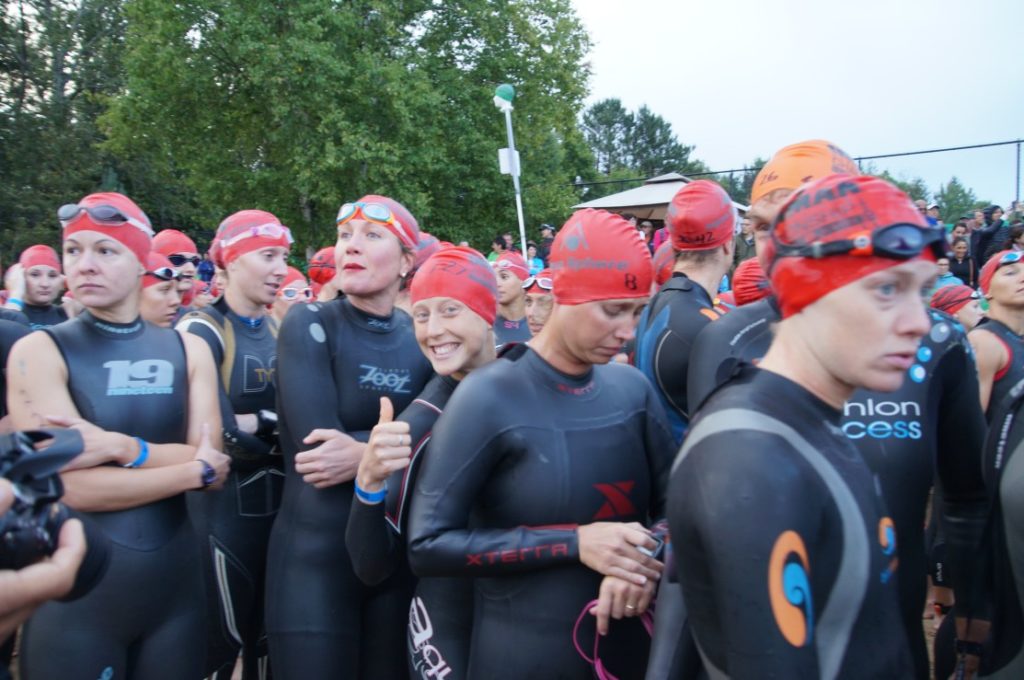Written by Stevie Lyn Smith, Registered Dietitian
An injury…something every athlete knows all too well, but no athlete expects or is prepared for when it happens to them. Coming off some well-deserved rest from last season, I was ready both physically and mentally heading into the New Year. I decided I needed to make changes. With my new goals in mind, it was time to work on daily interventions in my training that would yield big results on race day performance.
That’s when I started researching tools for customized, science-based blood analytics. I had read about InsideTracker previously but being in my late 20’s, healthy, and a Registered Dietitian, I assumed this wasn’t for me. However, I took a chance and did initial testing and found out that my early assumptions were far from true.
The plan was set; I had a wealth of knowledge and a nutrition plan to boot that would help me reach my goals. Cut to my current state: now recipient of a bad sprain and avulsion fracture on my left ankle after a near miss with a car on a run.
You would think that I could kiss my big goals goodbye, but thanks to InsideTracker I can use the same information meant to help me destroy my workouts to provide a different value- PR my recovery! Armed with my physicians’ recommendations, fantastic coach’s guidance, and useful InsideTracker tools- I have a direct impact on speeding up my body’s healing so I can get back to swimming, biking, and running towards my goals sooner.
Step 1: Pay Attention to the Inflammation Biomarkers
One of those markers is CRP (C-reactive protein), a protein found in the blood and one of the best indicators of inflammation in the body. Beyond being a general indicator of inflammation and a response to injury in the body, it helps determine the extent of a soft tissue injury.
Tip: Add avocado, pistachios, and quinoa daily to help reduce inflammation.
Step 2: Pay Attention to the Antioxidant Biomarkers
In addition to focusing on foods to specifically reduce my CRP, I make sure my meals are balanced and rich in antioxidants (vitamin C and E). These nutrients play supporting roles to help lower inflammation in the body and promote healing.
Tip: Fiber and fish oils are your friend, especially because they stimulate healing since they are rich in antioxidants.
Step 3: Pay Attention to the Vitamin D Marker
Ensure continued adequate intake of vitamin D to encourage calcium absorption and support bone healing. Though both my calcium and vitamin D are optimized, I need to ensure I stay on top of it and don’t let my levels slip.
Tip: Try salmon, soymilk, pork, eggs, and spinach to ensure you get adequate vitamin D.
While I’m still not able to train, I have taken joy in putting together recipes for now. Whether it is trying recipes from the InsideTracker page or testing new recipes of my own, I’m discovering new ways to ensure I stay healthy and optimize my recovery.
There is eating healthy and then there is eating healthy for specific to what your body needs. How do you know what your body needs, if you don’t ask it? Through cycles of training, tapering, racing, and rest we all respond differently. Monitoring your blood biomarkers throughout the season can help you further personalize your nutrition, aid in injury prevention, and optimize your training.

 About the Author: Stevie Lyn Smith is a Registered Dietitian residing in Washington, DC. She is practicing as a clinical dietitian at the Department of Veteran’s Affairs as well as in sports nutrition for The Core Diet. At 28 years of age, she is an age group athlete who is a 5-time Ironman,11-time half Ironman, and 17-time marathon finisher, including Ironman 70.3 World Championships. She has also completed a 50 mile ultra marathon among other endurance events. Read Stevie’s blog at http://gritgracegreens.com/.
About the Author: Stevie Lyn Smith is a Registered Dietitian residing in Washington, DC. She is practicing as a clinical dietitian at the Department of Veteran’s Affairs as well as in sports nutrition for The Core Diet. At 28 years of age, she is an age group athlete who is a 5-time Ironman,11-time half Ironman, and 17-time marathon finisher, including Ironman 70.3 World Championships. She has also completed a 50 mile ultra marathon among other endurance events. Read Stevie’s blog at http://gritgracegreens.com/.


